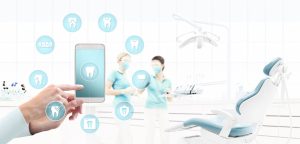Introduction As the world continues to grapple with the lingering effects of the COVID-19...
Month: January 2025
Introduction When it comes to orthodontic treatments, Invisalign has become synonymous with convenience and...








